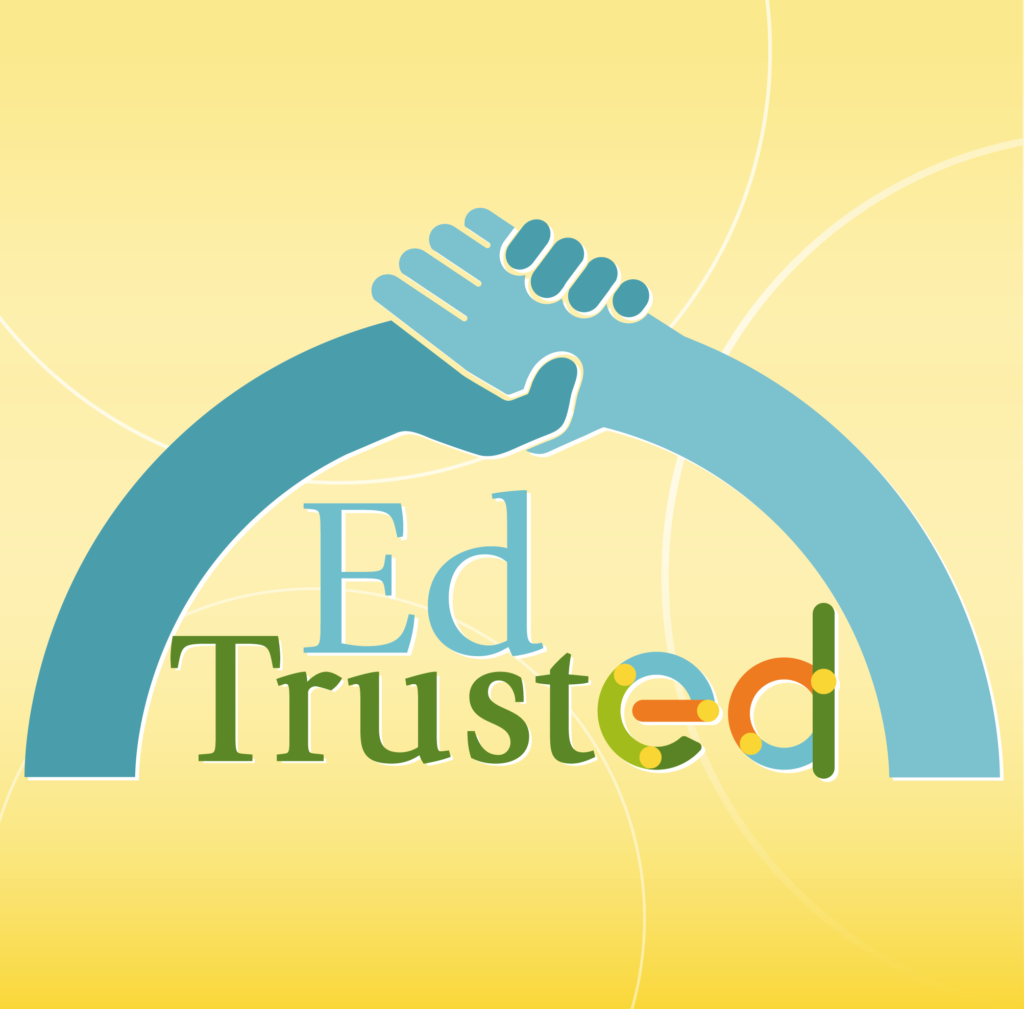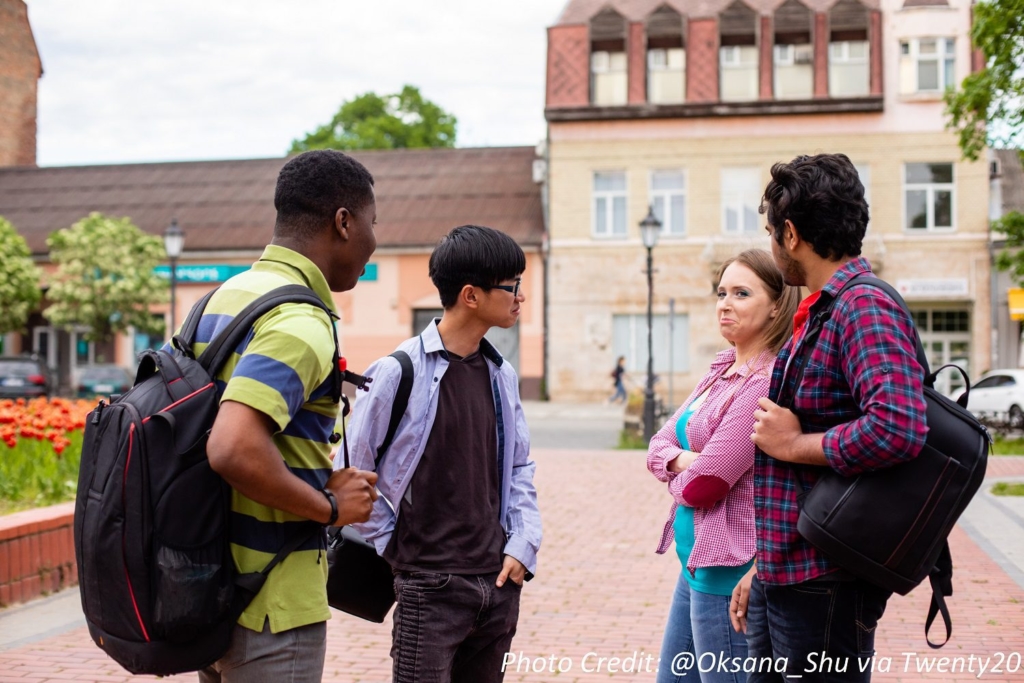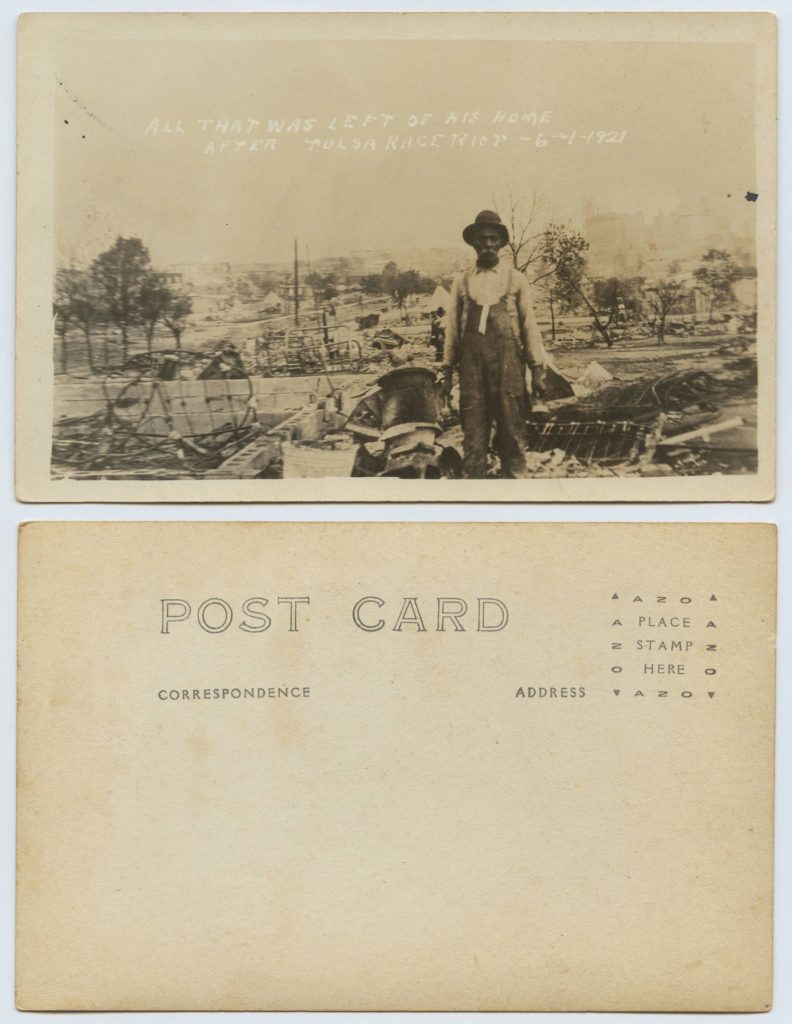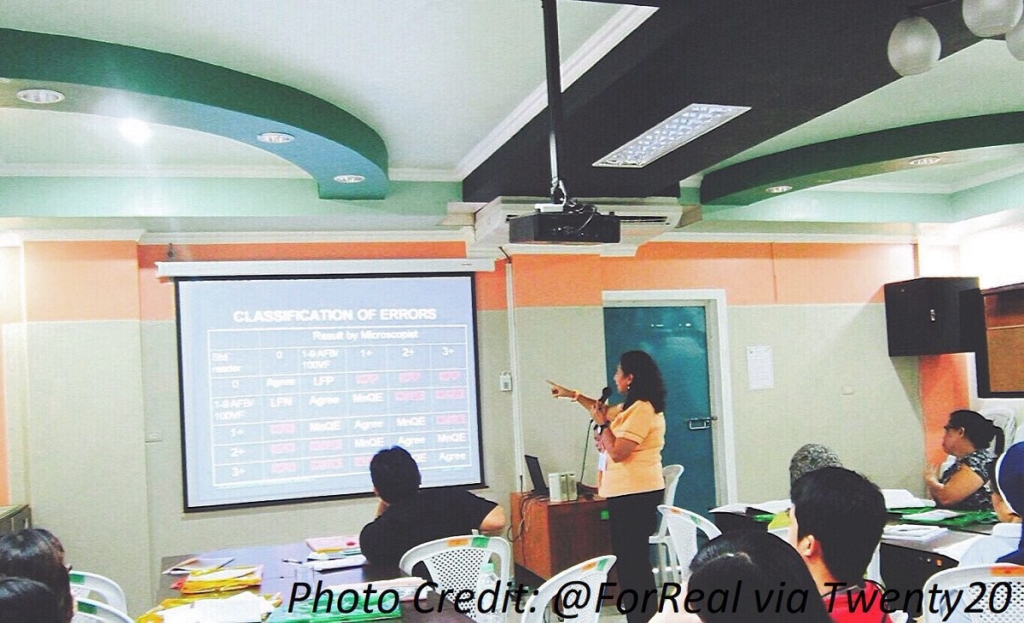
EdTrusted is a brand-new podcast from The Education Trust, a national education advocacy organization that works to improve educational opportunities for all children, no matter what their background. In this podcast we will be bringing listeners thoughtful conversations about a wide range of issues.
In this first season, we’re tackling a puzzling phenomenon, and that is the accusation that our schools have been suddenly taken over by an ideology dedicated to fostering racial division and making White children feel bad. Many educators have been—understandably—surprised by the accusation that they are trying to harm children and indoctrinate them with what Fox News has called an “anti-white mania.” This season of EdTrusted aims to provide some background knowledge and information that will help educators and advocates respond to what we are calling “The Critical Race Theory Craze That’s Sweeping the Nation.”
In this first episode, Ed Trust’s director of practice Dr. Tanji Reed Marshall and writer-in-residence Karin Chenoweth talk with Dr. Gloria Ladson-Billings, who for many years was a professor at the University of Wisconsin Madison and helped bring critical race theory to the field of education with her analyses of educational disparity. She also developed the idea of culturally relevant pedagogy, or culturally relevant teaching, which—because it shares the initials CRT—is often mistaken for critical race theory. She is the former president of the American Educational Research Association and the current president of the National Academy of Education.
In a far-ranging conversation, Ladson-Billings provides insight into what critical race theory and how it is used in education, but says that those who criticize CRT are not really interested in the topic but are attempting to distract from real issues in order to affect the 2022 and 2022 elections. “If you can’t win on policy, then the first thing you need to do is gin up a culture war.”
Ladson-Billings said that one of her challenges as a teacher was confronting the ignorance of incoming college students and, now, reporters. She gave as an example a reporter who was calling from Burlington, Wisconsin. When Ladson-Billings mentioned that it had been a “sundown town,” the reporter did not know what she meant.
Once the history of slavery and race is understood, she said, “We’re all implicated. No one is off the hook.”
When she was a teacher in Philadelphia, she found that the traditional way of teaching American history was not connecting with students. So she handed students a picture of Fannie Lou Hamer and asked them whether democracy was working for her. That question, Ladson-Billings said, sparked an interest in the question of what democracy was, who it was for, and whether it worked for her mostly working-class Black students. “Now we have a way to think about the broad sweep of democracy.”
When Tanji asked how educators should think about culturally relevant teaching in this time, Ladson-Billings said she urges educators to focus on three things.
- Student learning. “That’s what we get paid to do.”
- Cultural competence. To enhance student learning, educators need to allow students to bring “their whole self” into the classroom but also provide access to additional cultures “so that you become facile and fluent” in other cultures. That is true for all students.
- The “so-what factor.” All teachers, she said, eventually come up to the question students ask, “why are we learning this?” And this is where teachers can help students use what they are learning to solve the problems they encounter. She gave as an example a student who complained that only Black students were being punished for wearing hats in a school. The teacher said there was no data to support that statement, and then organized students into research groups. They found, by interviewing students throughout the school that in fact White students were only reprimanded for wearing hats; Black students were punished. The students analyzed the data, wrote a report, and presented it to the principal.
Culturally relevant pedagogy, she said, “is not designed to make anyone feel bad about themselves,” Ladson-Billings said. “It’s designed to help kids engage with the work we are trying to do to ensure that they are literate, numerate, and scientifically competent.”
Educators, she said, “have to stand up for what is right and what is true. But they also need to know who’s got their back.”

 Our TOPPODCAST Picks
Our TOPPODCAST Picks  Stay Connected
Stay Connected












